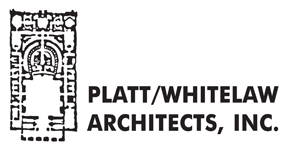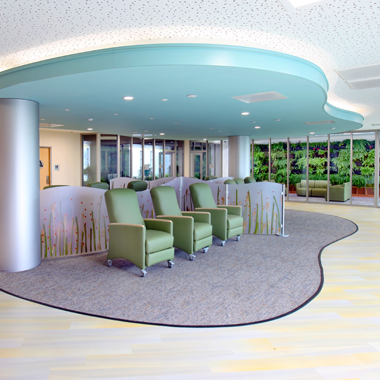Designing a Better Way for Behavioral Health Services
By Sandra Gramley, AIA, NCARB, LEED AP BD+C The County of San Diego provides crisis stabilization units to deliver services in community-based or hospital settings for people experiencing a mental health or substance-use crisis. For people in the midst of a crisis, being taken to a jail or hospital may not constitute an appropriate level […]




